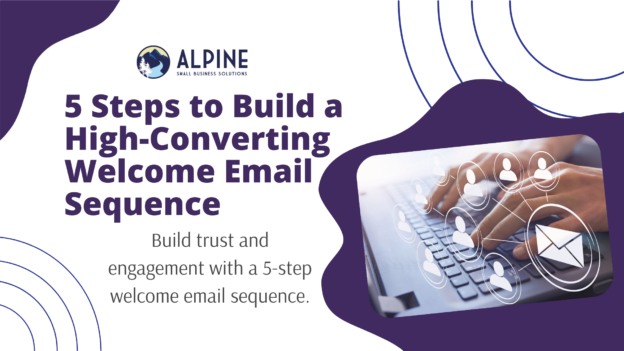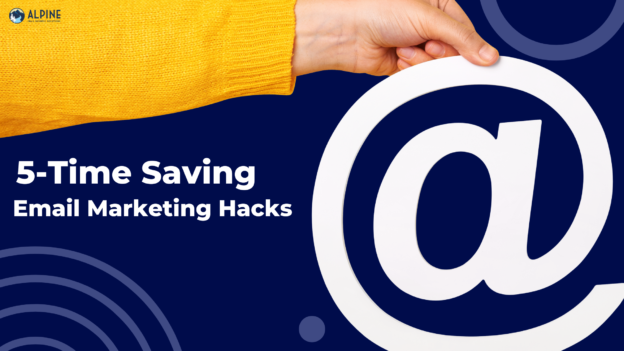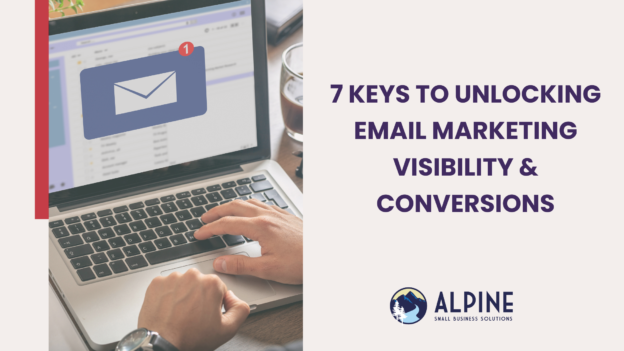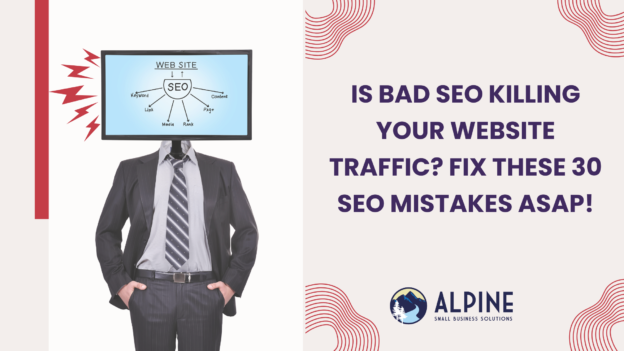
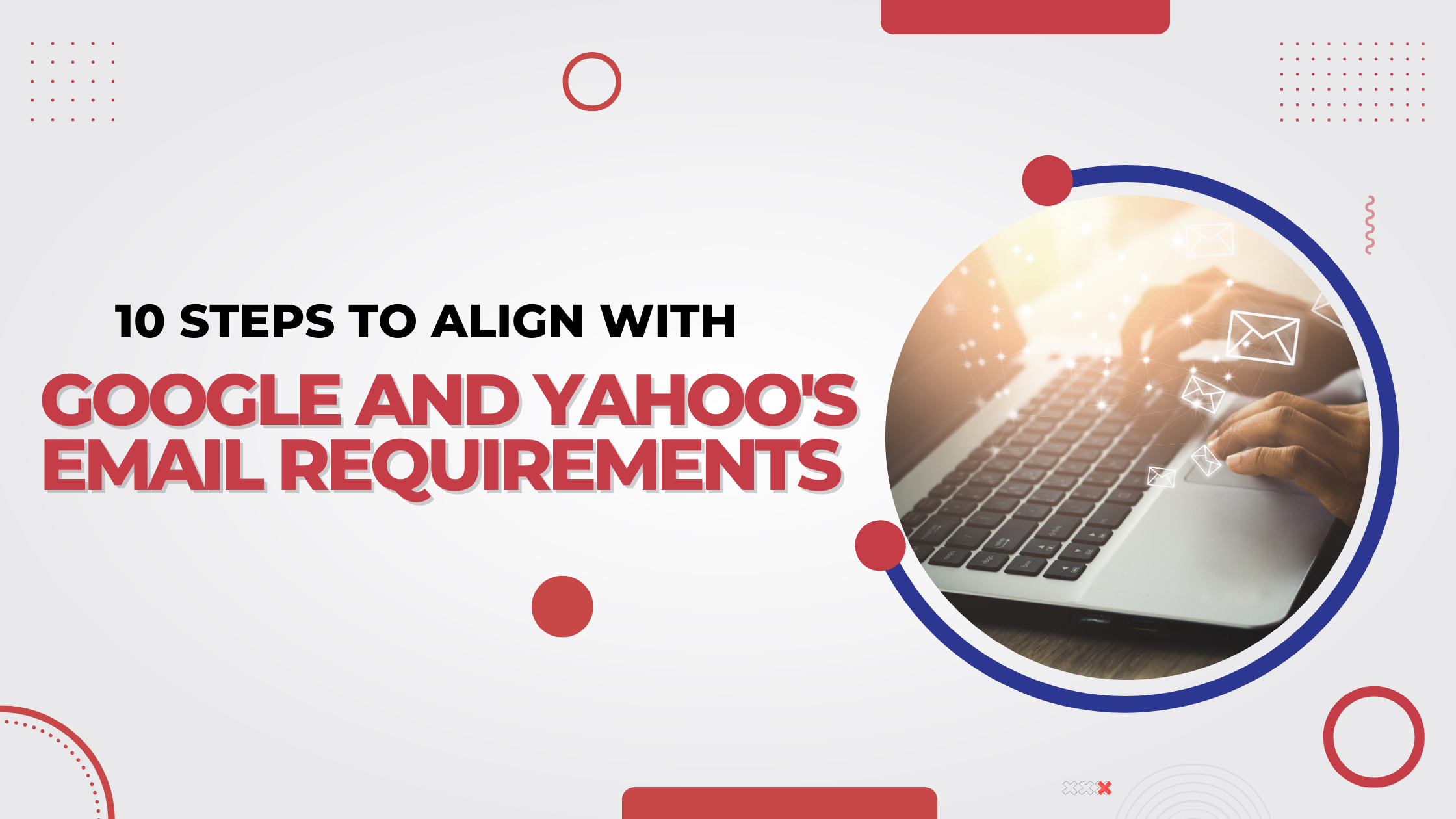
While the new email requirements primarily target large bulk senders, it's essential for all email senders to take note. What applies to high-volume senders today may become a requirement for all in the future.
Posted January 12th, 2024 by Jessica Granish
In the ever-evolving realm of email marketing, 2024 promises to be a pivotal year as Google and Yahoo roll out mandatory email requirements that could impact the delivery of your emails. In this blog post, we'll explore why these changes are happening, why they matter to every email sender, and provide a comprehensive checklist of five crucial steps to ensure compliance.
Why Google and Yahoo are Changing the Rules for Bulk Email Senders
Authentication has always been a best practice in email marketing, but not all senders have embraced the necessary tools to safeguard their emails. Failure to authenticate emails leaves room for bad actors to impersonate domains and engage in phishing, which can significantly harm a sender's reputation.
Google and Yahoo are taking a proactive stance to protect their users from spam and unwanted emails. Recognizing the critical role of proper email authentication, they have elevated it from a best practice to a non-negotiable requirement. To ensure your emails continue reaching the inbox, compliance with key authentication and spam prevention practices is paramount.
This includes:
Why These Changes Matter for Every Email Sender
While the new requirements primarily target large bulk senders, it's essential for all email senders to take note. What applies to high-volume senders today may become a requirement for all in the future. Operating in the "barely compliant" zone is not a thoughtful or growth oriented strategy, even for smaller senders or those dealing primarily with transactional emails.
Whether you send a handful or millions of emails, prioritizing domain protection, spam prevention, and adherence to deliverability best practices is crucial for maintaining a healthy email program and keeping subscribers safe.
Avoiding the Spam Folder:
The infamous spam folder, a virtual purgatory for emails deemed unworthy by filters. Landing in this digital abyss means your message might never see the light of a recipient's inbox. It's the nemesis of email marketers, a place where even well-intentioned emails can find themselves, lost and unseen.
Navigating spam filters is crucial for ensuring your messages reach their destination. Understanding the factors of the dreaded spam folder is the first step in the battle for inbox visibility.
Checklist: 10 Steps to Ensure Compliance
Step 1: Understand Your Sending Domains
Before sending emails through Postmark, ensure your domains are authenticated. Validate individual email addresses or authenticate entire domains by making necessary DNS tweaks. Head to the Sender Signatures tab to review the status of each domain.
Step 2: Authenticate with Custom DKIM
Implement custom DKIM signatures to confirm your legitimacy as a sender and verify message integrity. Add a TXT record to your domain's DNS following Postmark's guidance.
Step 3: Authenticate with Custom SPF
Replace Postmark's default Return-Path domain with your own to enhance SPF authentication. Set up a custom Return-Path by adding a CNAME record to your DNS.
Step 4: Set Up DMARC
Implement DMARC to monitor email senders using your domain and instruct receivers on handling unauthenticated emails. Even if you're not a high-volume sender, setting up DMARC is recommended.
Step 5: Register with Google Postmaster Tools
Register your domain with Google Postmaster Tools to monitor spam complaint rates. Keep your spam complaint rate below 0.3% to maintain a positive sender reputation.
Step 6: Segment Your Email List Strategically
Divide your email list based on user demographics, preferences, and behavior. Implementing targeted segmentation allows for personalized content delivery, increasing the relevance and impact of your messages.
Step 7: Implement List Hygiene Practices
Regularly clean your email list by removing inactive or disengaged subscribers. A clean and focused list improves deliverability and reduces the risk of spam complaints.
Step 8: Monitor Email Deliverability Metrics
Regularly track key deliverability metrics, such as bounce rates, open rates, and click-through rates. Analyzing these metrics provides insights into the performance of your email campaigns and helps identify areas for improvement.
Step 9: Conduct A/B Testing
Implement A/B testing for different elements of your emails, such as subject lines, content, and call-to-action buttons. Analyzing the results allows you to refine your email strategy for improved engagement and effectiveness.
Step 9: Conduct A/B Testing
Review and optimize your unsubscribe process to make it as straightforward as possible for users. This not only ensures compliance with regulations but also contributes to a positive user experience.
Understanding DKIM, SPF, and DMARC
Email authentication methods—DKIM, SPF, and DMARC—are the foundation of securing your email communications.
Impact on Email Deliverability and Engagement
Adhering to these email authentication standards directly impacts your email deliverability and engagement metrics.
In short, email authentication is not just about compliance; it's a fundamental strategy for ensuring your emails are delivered and well-received.
Email Marketing Software Compatibility
Ensure your email marketing software supports and facilitates the implementation of DKIM, SPF, and DMARC.
Understanding how your chosen email marketing software integrates with these authentication methods can save time and make the implementation process smoother.
Continuous Monitoring and Adjustments
Implementing email authentication is not a one-time task; it requires continuous monitoring and adjustments.
Regularly revisiting and adjusting your approach to email authentication ensures ongoing compliance and optimal performance.
Tips for Maintaining a Low Spam Complaint Rate
Maintaining a low spam complaint rate is crucial for sustaining a positive sender reputation.
By implementing these tips, you not only improve your spam complaint rate but also foster a healthier relationship with your subscribers.
Upcoming Industry Trends and Predictions
Looking ahead to the future of email marketing, several trends and predictions are on the horizon:
Keeping an eye on these trends allows you to stay ahead of the curve, ensuring your email marketing strategies remain effective and innovative in the ever-changing digital landscape.
In Conclusion
Adapting to these changes is not just a necessity for compliance but a strategic move to safeguard your sender reputation and ensure the continued success of your email campaigns in 2024 and beyond.
In the dynamic landscape of email marketing, adapting to industry changes is not just a necessity but a strategic move to safeguard your sender reputation and ensure the continued success of your campaigns. As you embark on the journey to meet Google and Yahoo's new requirements, remember that the process of upgrading your email authentication practices can be complex, but you don't have to navigate it alone.
I'm here to help you seamlessly transition to the enhanced standards set by Gmail and Yahoo. Whether you're a seasoned marketer or just starting, making these upgrades is a proactive step towards safeguarding your email program's health and ensuring your messages reach the right audience.
Don't wait until issues arise; take charge of your email deliverability now. If you have questions, need assistance, or want to ensure your email marketing practices are in top shape, I invite you to book a call with me. Let's collaborate to elevate your email marketing strategy and propel your business forward. Your success is just a call away.
Book a Call Now and let us work with you towards a more robust and effective email marketing future.
Comments

Jessica Granish
The Wizard Behind The Curtain, Tech And Marketing Integrator
Meet Jessica Granish, a heart-centered trailblazer in the dynamic intersection of tech, marketing, and systems integration.
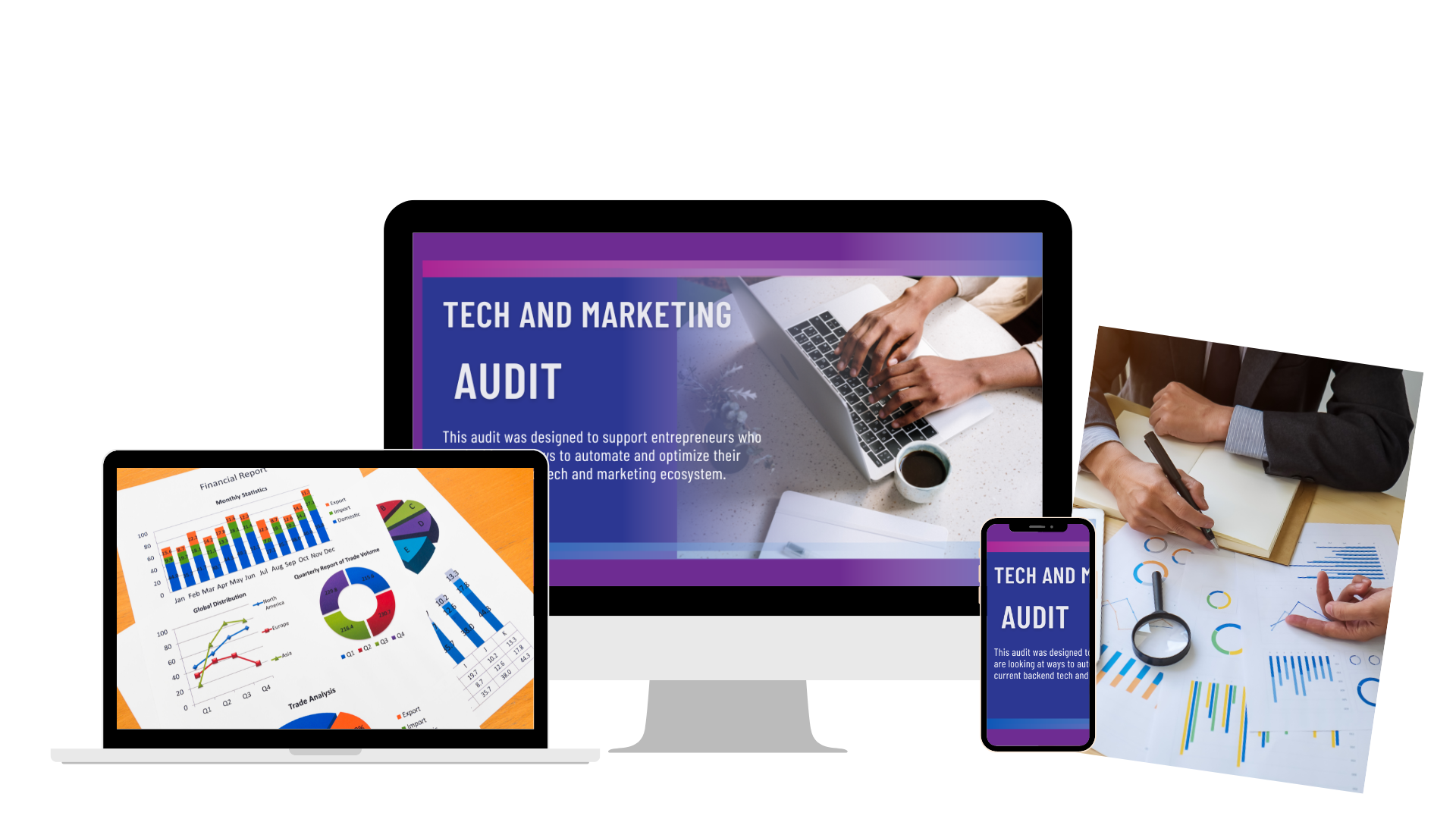
Free Tech and Marketing Audit Session
How to Maximize Your Online Visibility with our Tech and Marketing 20 Min Rapid Audit.
Free Tech and Marketing Audit Session
How to Maximize Your Online Visibility with our Tech and Marketing 20 Min Rapid Audit.
After our Tech and Marketing 20-Min Rapid Audit, you'll walk away with immediate insights and actionable recommendations tailored to enhance your online visibility. Discover quick wins and unlock the potential for rapid growth in just a brief session!
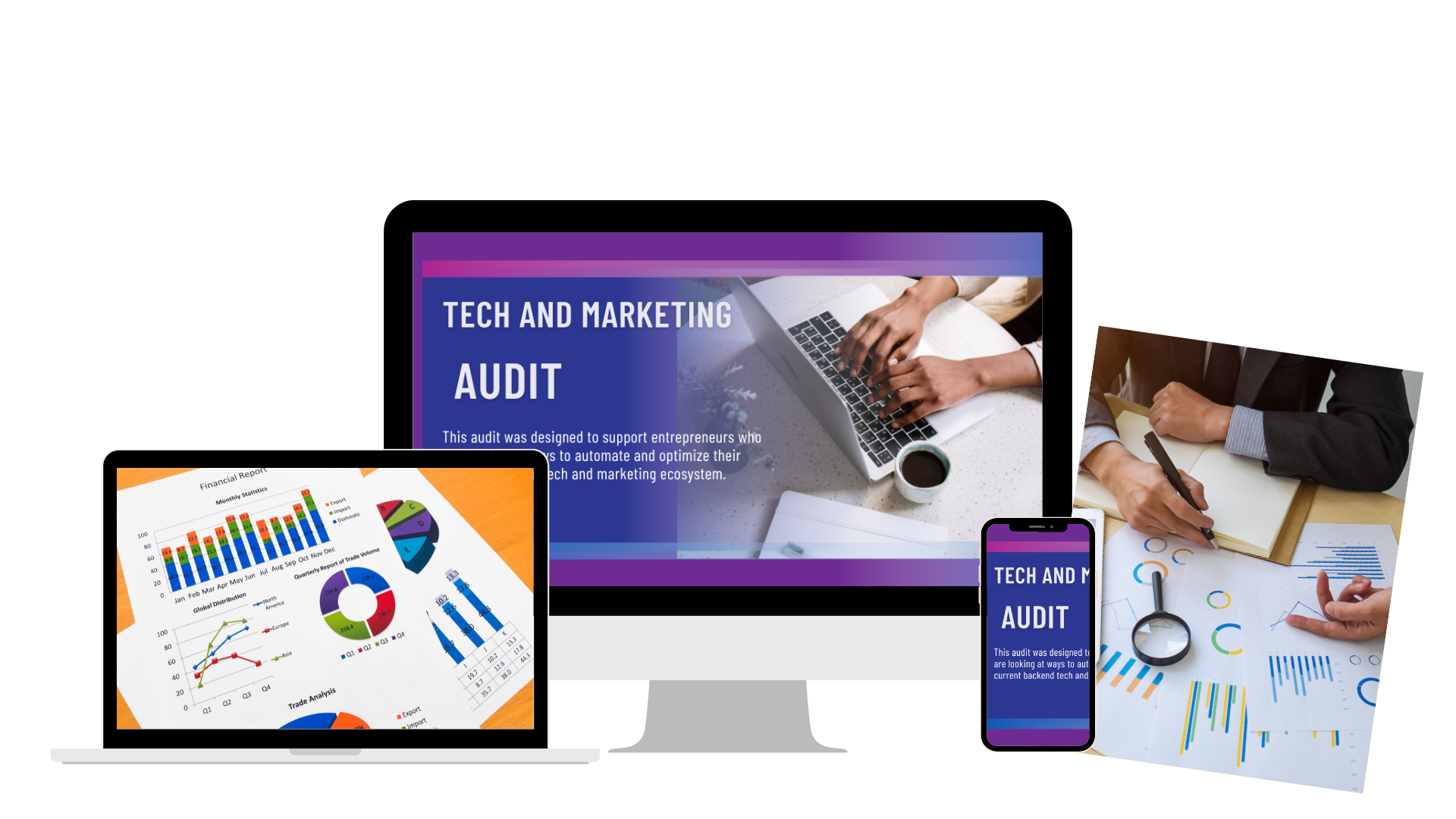
Keep Reading...

© Copyright Alpine Small Business Solutions, LLC. All Rights Reserved

